Inside Help Scout

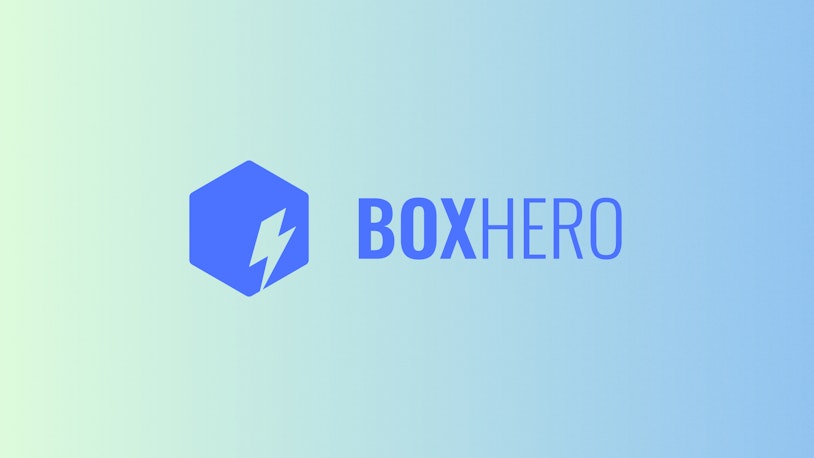
How Help Scout Fueled BoxHero’s Global Expansion
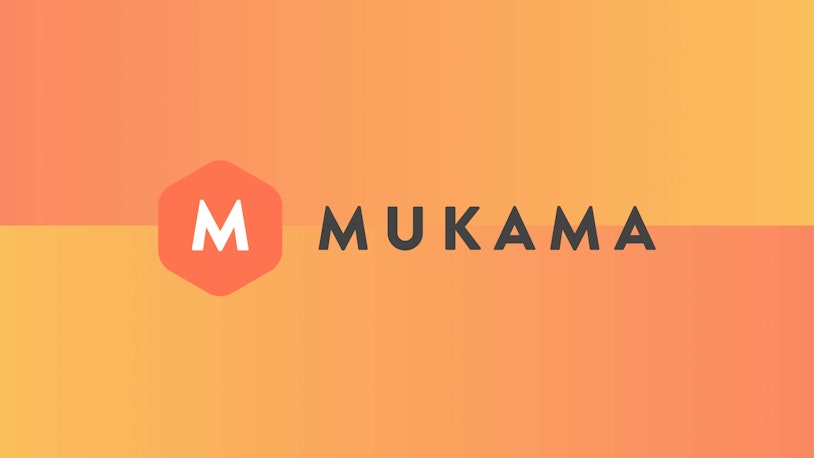
Boomeranging Back to Help Scout

How University of South Carolina Helps Students Feel at Home
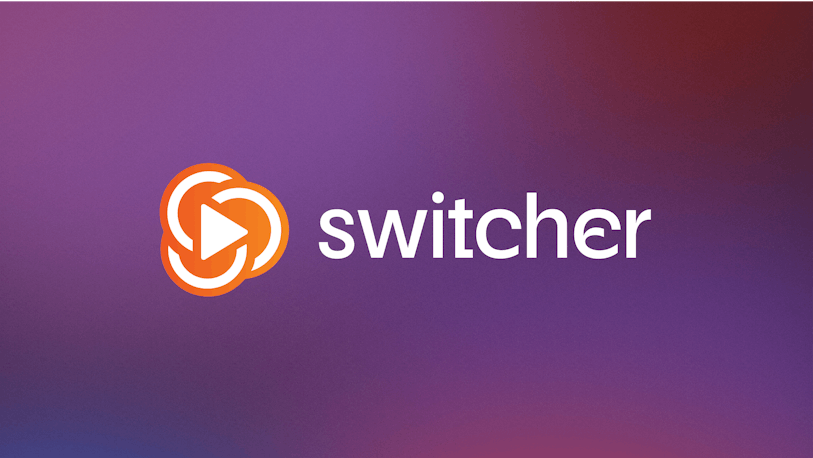
Switcher Took Onboarding from 6 Months with Intercom to 1 Day with Help Scout
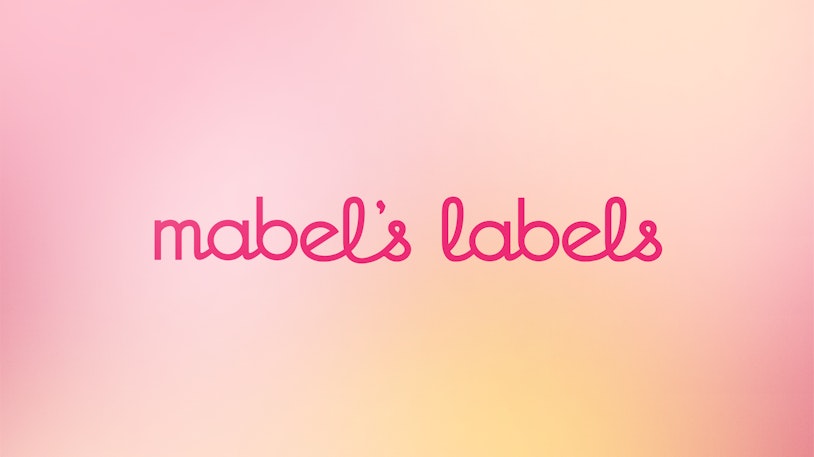
How Mabel’s Labels Achieved a 93 CSAT Score while Reducing Support Volume by 58%
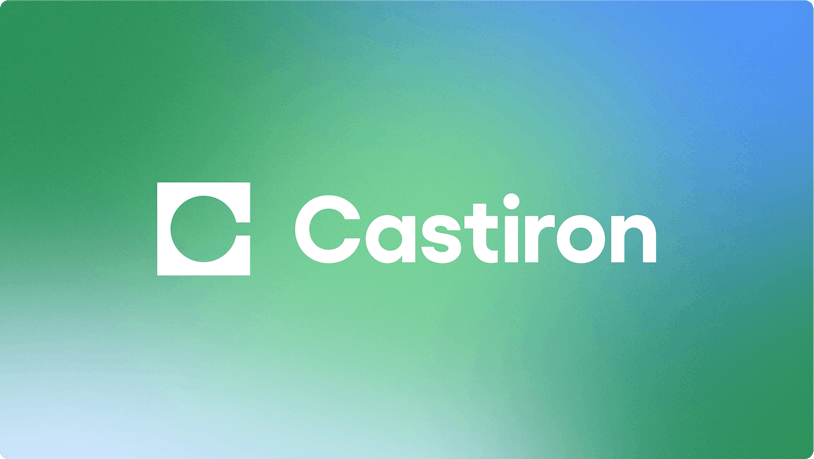
How Castiron Helps Thousands of Customers With a Two-Person Support Team

How BombTech Golf Increased Customer Satisfaction as Their Business Scaled
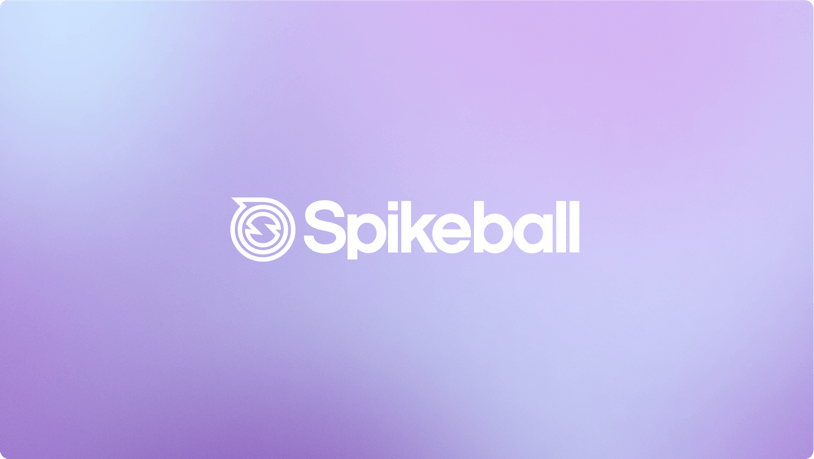
Spikeball is a Help Scout User for Life: Here's Why
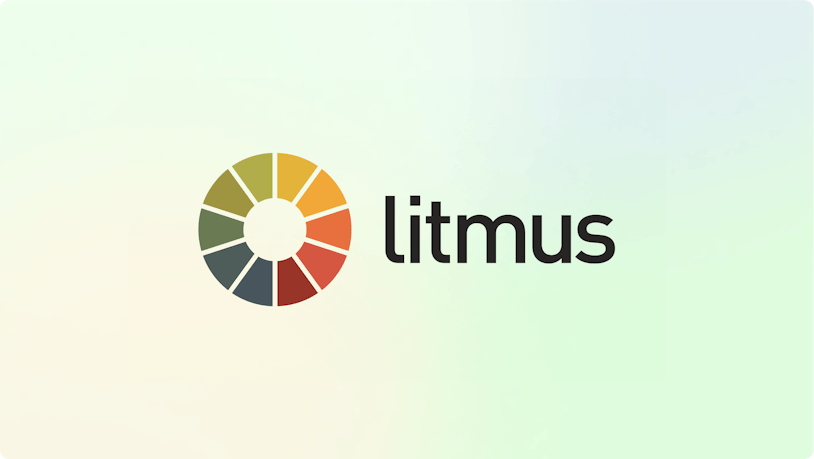
Litmus Boosts Customer Retention Rate by 26% with Help Scout

Why Underground Printing Switched from Gmail to Help Scout

How Ashesi University Created a School-Wide Support Center with Help Scout
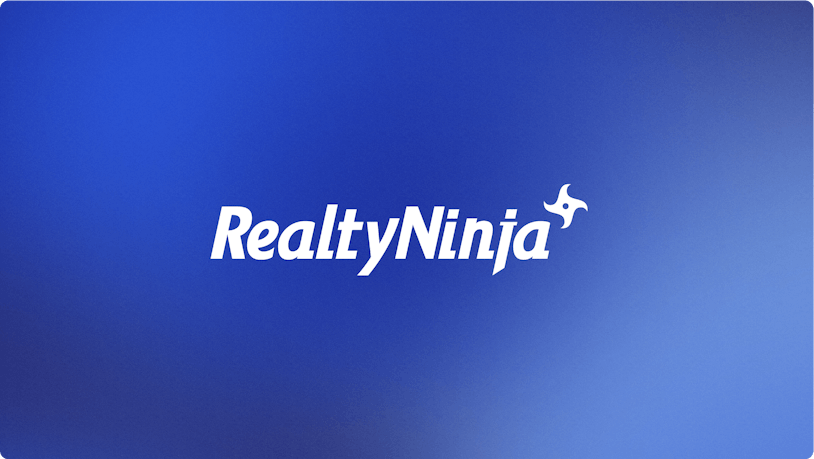
How RealtyNinja Supported 300% Customer Growth with Help Scout

How George Washington University Handled a 22% Increase in Email Traffic
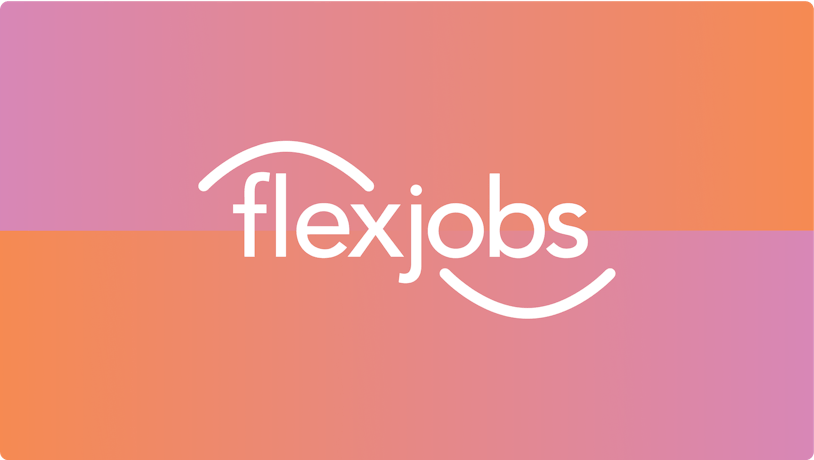
How FlexJobs Engages Customers With Proactive Messages
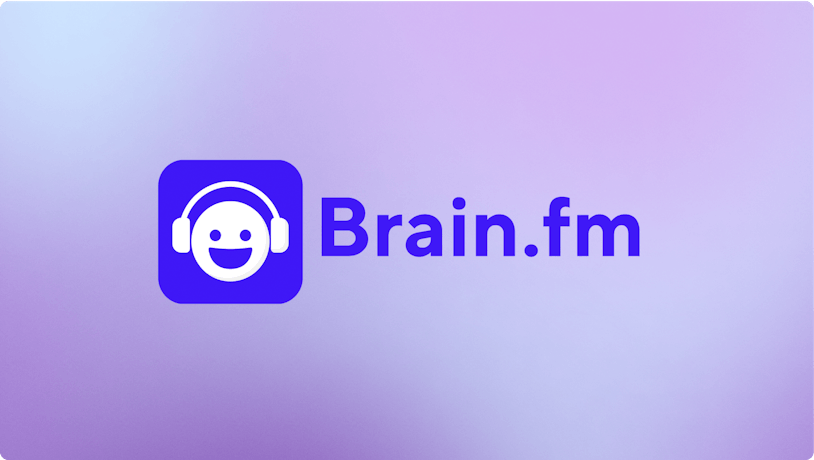
How Brain.fm Achieved a 95% CSAT Score With Help Scout
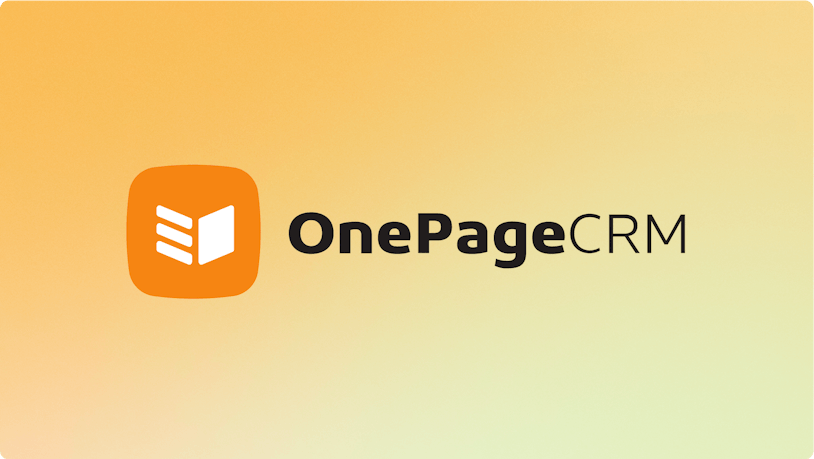
How OnePageCRM Reduced Their Team's Workload by 50%

Customer Story: Upstream Tech

Customer Story: Zapier
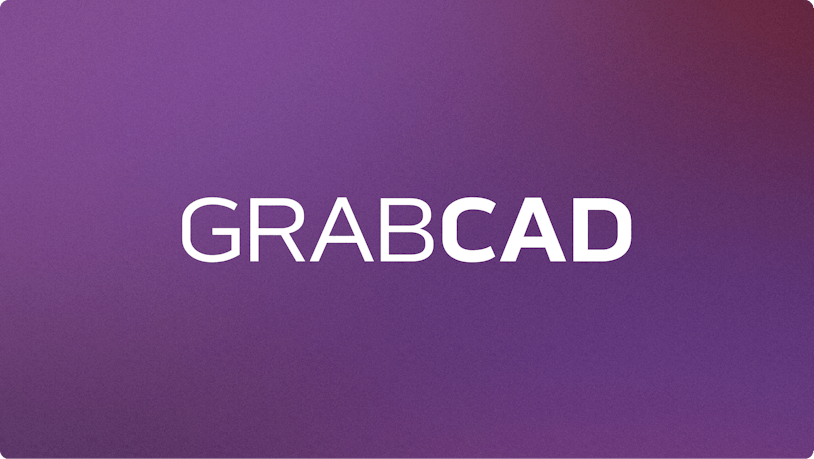
Customer Story: GrabCad
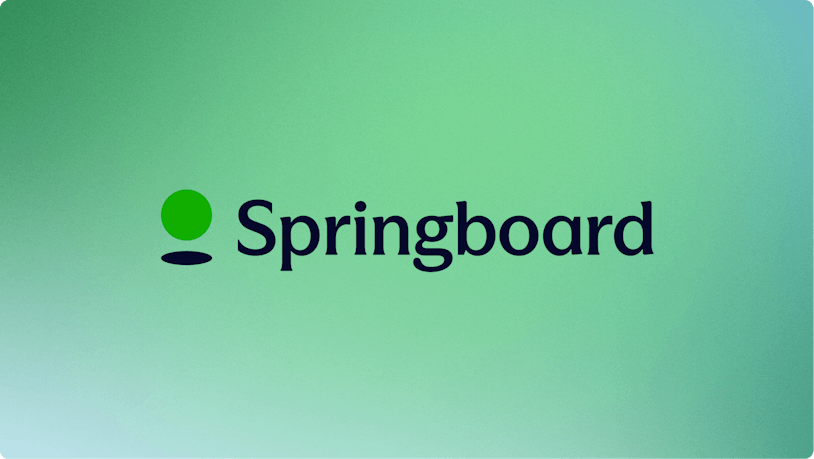
Customer Story: Springboard
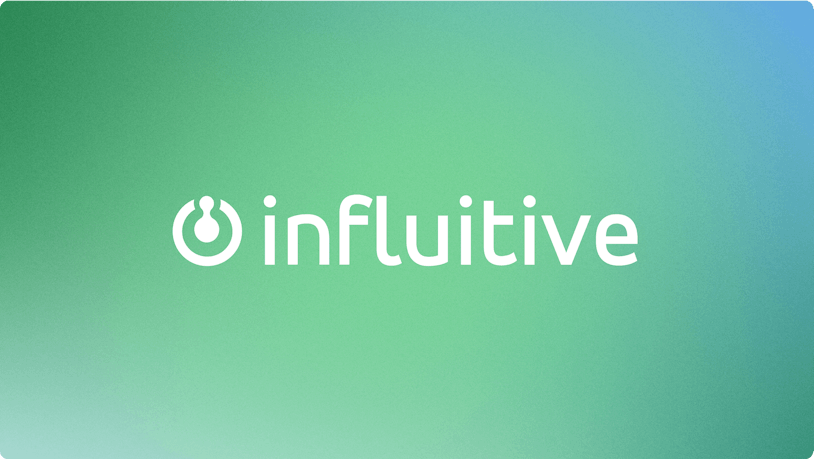
Customer Story: Influitive
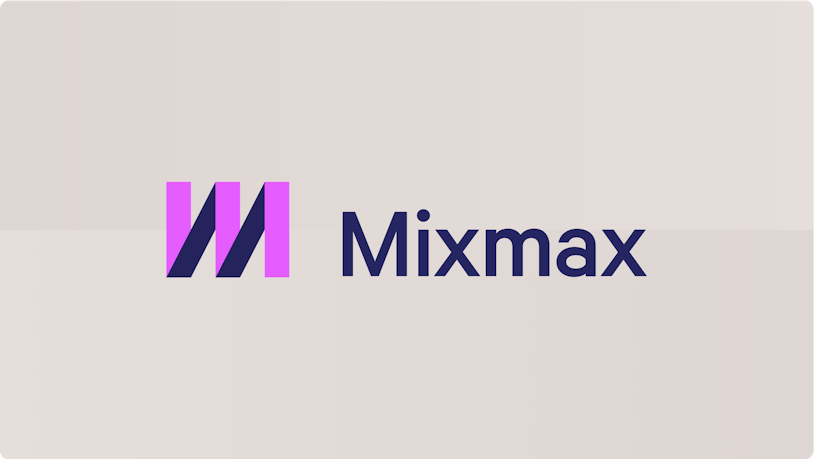
Customer Story: Mixmax
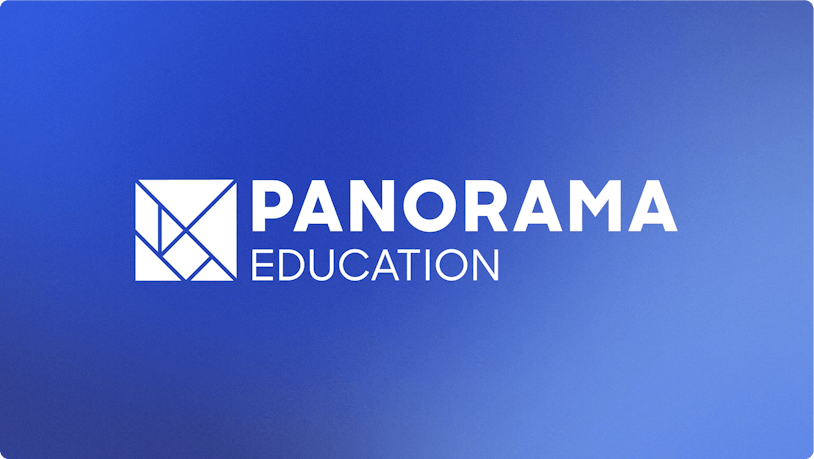
Customer Story: Panorama Education
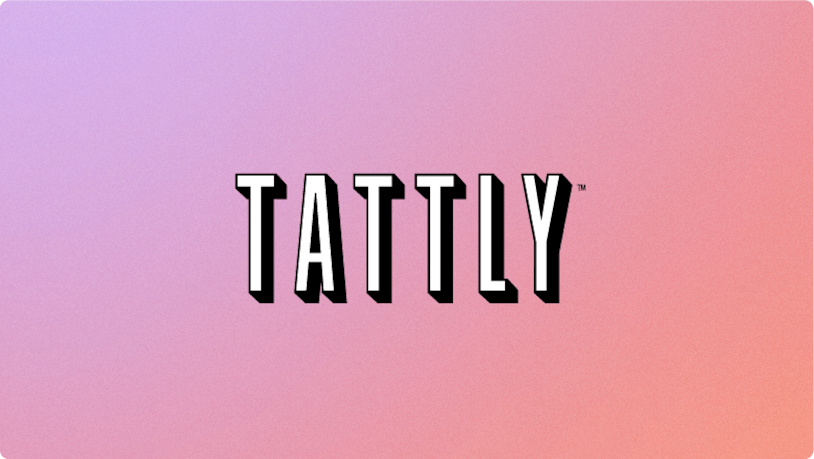
Customer Story: Tattly

Customer Story: Threadless
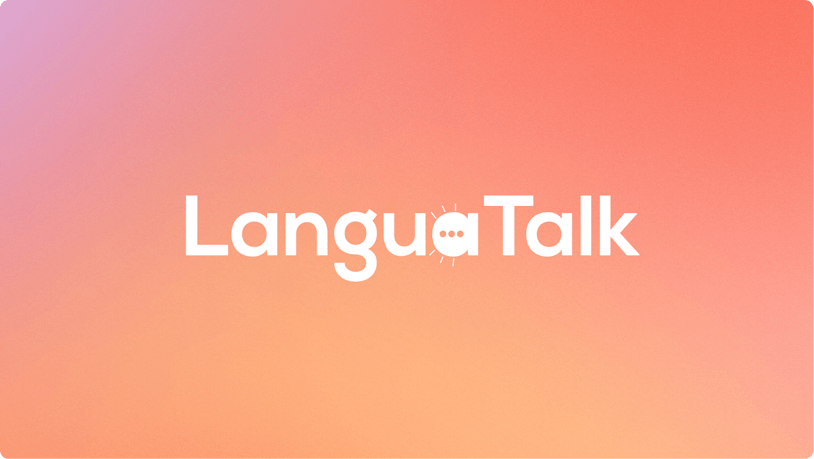
Customer Story: LanguaTalk
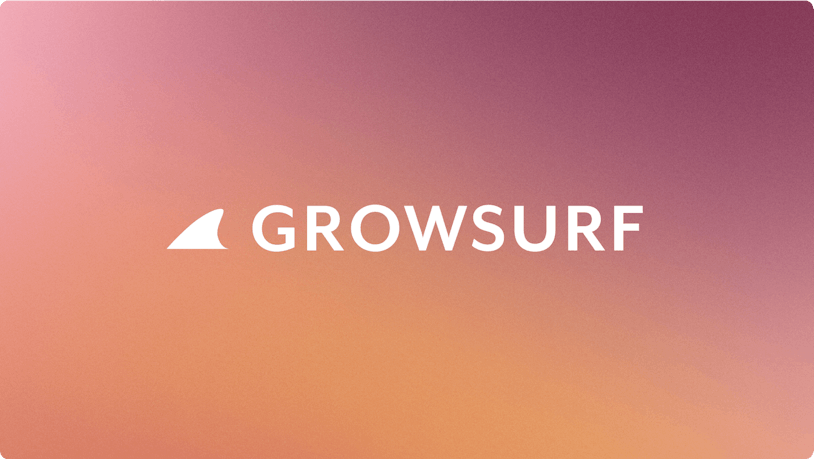
Customer Story: GrowSurf
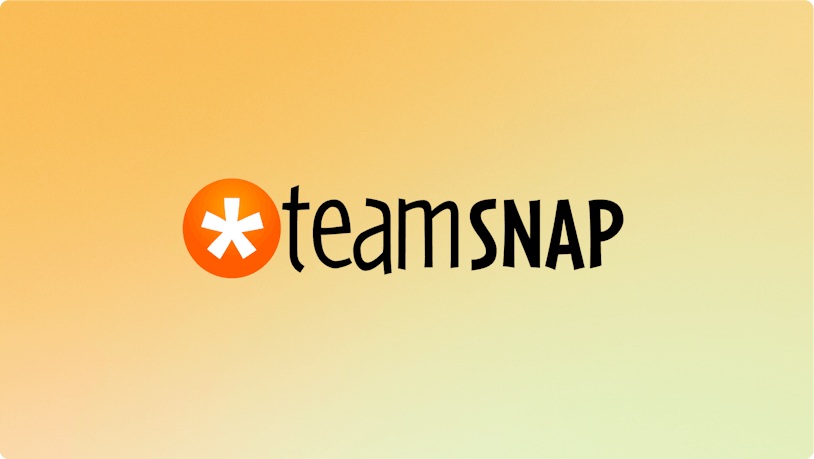
Customer Story: TeamSnap
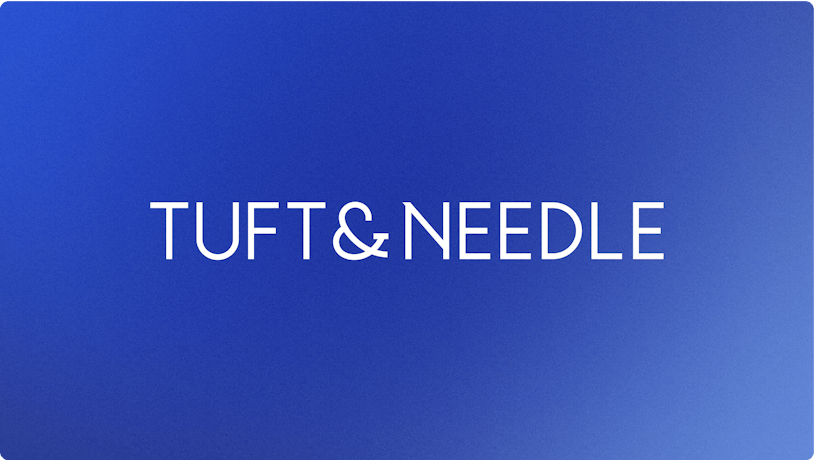
Customer Story: Tuft and Needle


